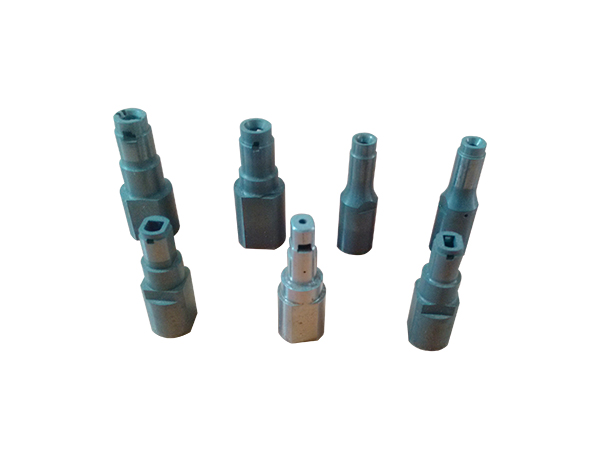4Industry Information

The machining error of precision parts is mainly caused by the error of the machining system, which is the main factor that affects the machining accuracy. In order to improve and ensure the machining accuracy, certain technical measures and other methods can be used to reduce or eliminate the influence of these errors on the machining accuracy.
1. Direct methods to reduce or eliminate errors
The method of directly reducing or eliminating errors is to eliminate or reduce errors in a targeted manner after determining the main factors that produce machining errors. This method is more widely used in production practice.
For example, when the self-centering chuck is used to clamp and process thin-walled sleeve parts, in order to prevent and reduce the deformation of the parts due to the clamping force, it is usually used in production to add thin-walled parts. Wall sleeve to thin wall sleeve parts.
The thin-walled split transition ring or the method of using special claws to evenly distribute the clamping force on the thin-walled sleeve parts, thereby reducing deformation and processing errors. Another example is the rotation of an elongated shaft.
Due to the low rigidity of the workpiece, bending deformation and vibration are prone to occur during the cutting process. In order to reduce the machining error caused by the bending deformation of the workpiece caused by the reaction force, the center frame or the tool post can be used to improve the rigidity of the workpiece. The cutting method of reverse feed can also be used.
2. Error compensation method
The error compensation method means that when the original error in the processing system cannot be directly reduced or eliminated, the original error can be artificially created to offset the original error inherent in the processing system, thereby reducing processing errors and improving processing efficiency and accuracy.
The bed of the grinder has a slender structure with poor rigidity. Although the three accuracy of the bed rail can be reached during the machining process, after installing other parts, it is usually found that the accuracy of the rail exceeds the tolerance.
This is because the weight of these parts causes the bed to deform due to pretension. Therefore, please use the pre-loading method to process the precision parts of the guide rail of the grinder, that is, use the "counterweight" to replace the weight of the component, or finish machining the surface of the guide rail after the components are assembled.
3. The method of equally dividing the original error
Due to the large dimensional error in the previous process, the positioning of this process is unstable, resulting in positioning errors or excessive re-imaging errors, thereby affecting the accuracy of precision parts.
The method of equally dividing the original error is to divide these parts with larger dimensional error values into n groups, reduce the error of each group to 1/n of the original error, and then adjust the relative position of the tools and process the workpiece according to the average size of each group . The method of adjusting the positioning parts greatly reduces the size error range of the entire batch of workpieces, facilitates processing, and ensures quality.
4. Error transmission method
The error transmission method is to take some measures and methods to transmit the error of the process system to the aspect that does not affect the machining accuracy. For example, in order to meet the processing requirements in box hole processing, instead of blindly improving the accuracy of the machine tool, the boring mold fixture is used to ensure the manufacturing accuracy of the workpiece.
In this way, the geometric error of the machine tool cannot be transmitted to the direction of machining accuracy. For another example, for a multi-station machining process with indexing or indexing, indexing and indexing errors will directly affect the machining accuracy of the relevant surface of the part.
5. In-situ processing method
The accuracy of some precision parts is difficult or impossible to achieve in the processing and assembly of precision parts. If you use the in-situ machining method, you can quickly solve the seemingly difficult accuracy problem.
In the manufacture of turret lathes, in order to ensure that the axes of the six tool holes on the turret are coaxial with the axis of rotation of the spindle, after the turret is installed on the machine tool, the processing of the round holes is arranged, and the boring tool is installed on the spindle Perform rounding. The processing of the holes and end faces ensures the technical requirements of the turret lathe installation tool holes.


